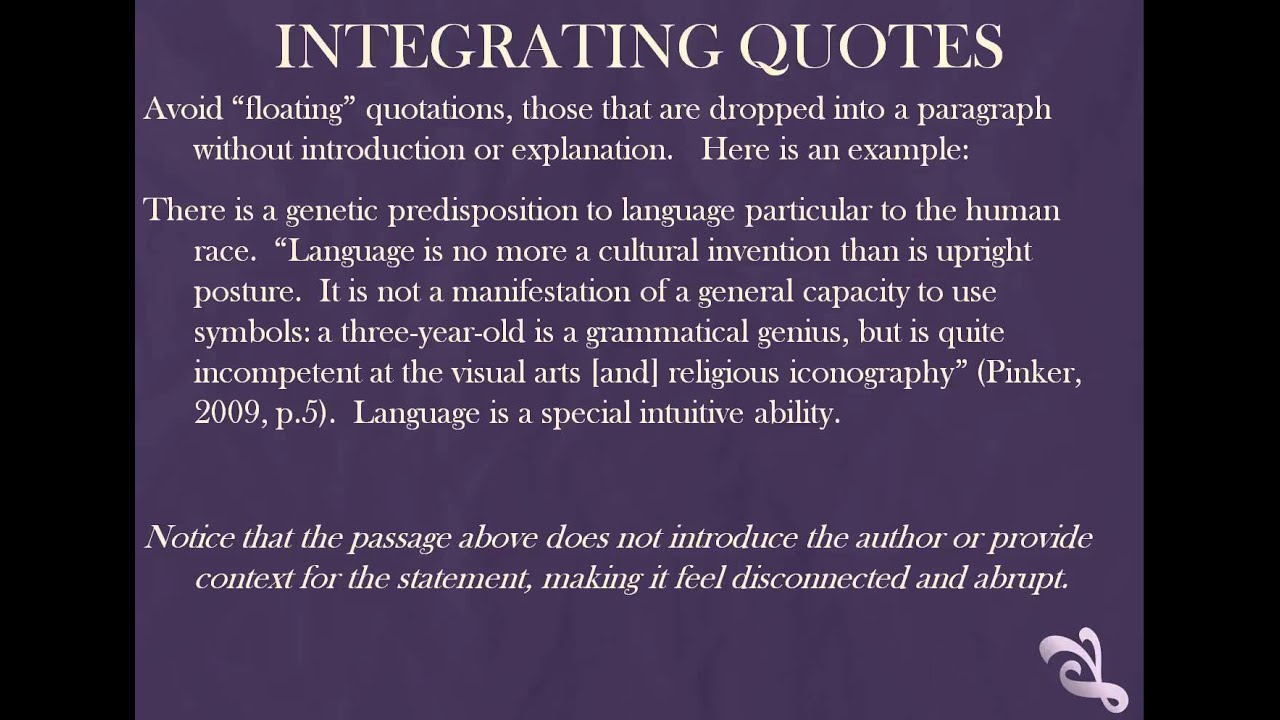Quoting is an essential part of writing — whether you’re crafting an essay, article, or creative piece. But what happens when the part you want to quote isn’t one continuous sentence? Writers often face the challenge of including disconnected sentences from the same source or separating parts of a quote without changing its meaning.
The good news is that it’s perfectly acceptable to use disconnected or fragmented sentences in a quote — as long as you do it correctly and ethically. This article explains how to handle such quotes, when it’s appropriate to use them, and the proper punctuation and formatting techniques to maintain clarity and accuracy.
Understanding What Disconnected Sentences Are
Disconnected sentences in a quote refer to parts of text taken from different sections of a paragraph, or sentences that are not directly connected but come from the same source. Writers use this method to highlight only the most relevant parts of a longer passage without reproducing unnecessary content.
For example:
“The world has changed dramatically… our values must evolve too.”
Here, the ellipsis (…) shows that some words between two ideas were removed. This is a disconnected sentence quote — two separate thoughts from the same text combined to make a single, concise statement.
Why Writers Use Disconnected Quotes
Writers use disconnected sentences in quotes for several reasons:
- Clarity: To remove irrelevant or repetitive parts of the source material.
- Focus: To highlight key ideas that directly support their argument.
- Brevity: To avoid long, cumbersome quotations that interrupt the flow of writing.
- Emphasis: To join related but separate sentences that share a common theme.
When done properly, this technique helps maintain the reader’s attention while ensuring your point remains grounded in the original source.
Ethical Considerations: Staying True to the Source
The most important rule when quoting disconnected sentences is accuracy. Never alter the meaning or intent of the original text. Removing words or phrases must not change the author’s point or create a misleading impression.
For example, it would be unethical to write:
“The product is excellent… everyone should avoid it.”
if the original text said:
“The product is excellent when used properly. Everyone should avoid it if allergic to the ingredients.”
Always make sure that ellipses or disconnections do not distort meaning. Transparency is the cornerstone of credible writing.
How to Use Ellipses (…) Correctly
Ellipses are the most common tool for indicating that part of a quotation has been omitted. Here are key rules:
- Use three dots (…) to indicate omitted words within a sentence.
- Use four dots (….) if the omission occurs at the end of a complete sentence, followed by another sentence.
- Always ensure the quote still reads smoothly and grammatically after the omission.
Example:
Original text:
“Education is the foundation of progress. It empowers people to create a better world.”
Quoted with disconnection:
“Education is the foundation of progress… to create a better world.”
This shows the omission without changing the intended meaning.
How to Combine Disconnected Sentences from the Same Source
When quoting two separate sentences from the same paragraph or page, you can use ellipses or a single space to connect them, as long as you make it clear that they are not consecutive.
Example:
“Technology has reshaped communication… the future depends on how responsibly we use it.”
If the sentences come from different paragraphs or pages, you can still combine them using ellipses and proper citation (for example, including both page numbers in parentheses or a footnote).
This method helps maintain brevity without losing accuracy.
Punctuation Rules for Disconnected Sentences in Quotes
Correct punctuation ensures that your disconnected quotes look polished and professional. Here’s how to handle it:
- Quotation Marks: Enclose all quoted material in double quotation marks (“ ”).
- Commas and Periods: In American English, commas and periods typically go inside quotation marks.
- Ellipses: Leave a space before and after ellipses (…).
- Capitalization: If your second quoted sentence begins a new sentence in the original text, capitalize the first letter even if it appears mid-quote.
Example:
“The challenge is great… The opportunity, even greater.”
Following these details helps your writing appear refined and consistent with academic or publishing standards.
APA, MLA, and Chicago Style Guidelines
Different writing styles have slightly different rules for handling disconnected sentences in quotes:
APA Style:
- Use ellipses to remove unnecessary words, but avoid overuse.
- If the quote starts in the middle of a sentence, do not capitalize the first word unless it is a proper noun.
MLA Style:
- Use three dots for omitted material and square brackets [ ] to add clarification if needed.
- Always preserve the integrity of the original text.
Chicago Style:
- Similar to MLA, but Chicago emphasizes readability.
- Use four dots when omitting material between complete sentences.
Understanding the citation style required for your work helps ensure consistency and credibility.
Common Mistakes to Avoid
Writers often make small but significant mistakes when using disconnected sentences in quotes. Avoid the following pitfalls:
- Changing meaning: Never remove context that alters the author’s intent.
- Using too many ellipses: Overuse makes writing choppy and confusing.
- Mixing sources: Do not combine sentences from different authors into one quote without proper indication.
- Incorrect punctuation: Misplacing quotation marks or periods can lead to grammatical errors.
Always reread your final draft to ensure the quote reads naturally and accurately reflects the source.
Practical Examples of Disconnected Quoting
Here are a few examples showing how to use disconnected sentences effectively:
Example 1: Academic Writing
Original:
“Global warming affects every nation differently. Coastal regions face rising sea levels, while arid areas experience worsening droughts.”
Quoted:
“Global warming affects every nation differently… arid areas experience worsening droughts.”
Example 2: Journalism or Essays
Original:
“The project began as a small community initiative. Over time, it grew into a nationwide movement for clean energy.”
Quoted:
“The project began as a small community initiative… it grew into a nationwide movement for clean energy.”
These examples show how to shorten long passages while keeping meaning intact.
The Art of Seamless Quoting
Using disconnected sentences in a quote is not just a technical skill — it’s a writing art. The goal is to make your quote sound natural, even when pieces are missing. The reader should never feel that something vital has been cut out.
Here are a few best practices for seamless quoting:
- Choose sentences that naturally connect in tone and subject.
- Avoid over-editing; too many omissions can weaken credibility.
- Always provide proper context before and after the quote.
- Read the sentence aloud — if it sounds awkward, revise it.
Remember: your goal is to enhance clarity, not to manipulate meaning.
Conclusion
Using disconnected sentences in a quote is a powerful way to make your writing concise and impactful. When used correctly, this method helps highlight essential points while maintaining the author’s original intent.
By mastering punctuation, ellipses, and citation rules, you can quote confidently without confusing readers or misrepresenting your source. Whether you’re writing an academic paper, an article, or a creative piece, understanding how to quote selectively and ethically is an invaluable skill.
The key takeaway is simple: be precise, be respectful, and let the quote speak truthfully — even when it’s shortened.
FAQs
1. What are disconnected sentences in a quote?
They are parts of a quotation taken from different sections of the same text. Writers use them to remove unnecessary content while keeping the main idea intact.
2. How do I show that part of a quote has been removed?
Use ellipses (…) to indicate omitted words or sentences. Make sure the omission does not change the author’s original meaning.
3. Can I combine sentences from different paragraphs or pages?
Yes, as long as they come from the same source and are cited properly. Use ellipses to connect them and ensure context is preserved.
4. What’s the biggest mistake to avoid when using disconnected sentences?
The most serious mistake is altering the author’s meaning by removing key context. Always ensure that your shortened quote remains faithful to the original.
5. Do I need to cite a disconnected quote differently?
Cite it the same way as a regular quote, but if you’re quoting from different pages, include both page numbers in your citation for accuracy.
Also read: American B757 – Complete Guide to the Boeing 757 by American Airlines




Leave a Comment